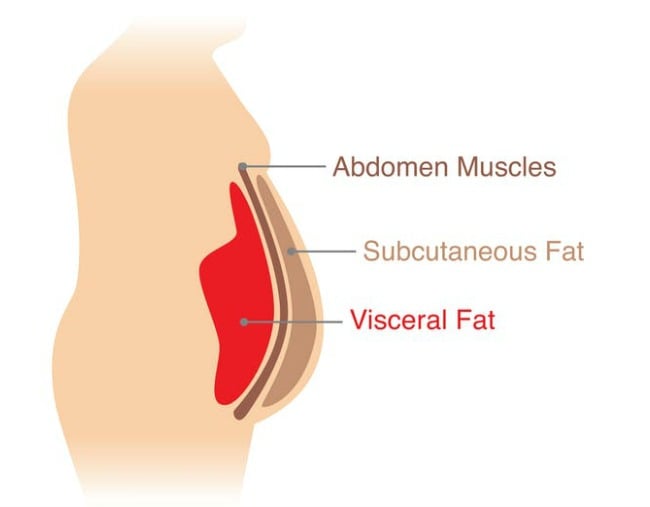
Evelyn Parr, Australian Catholic University
Excess storage of fat is linked to many different chronic diseases. But some areas of fat storage on the body are worse than others.
In general, women have greater absolute body fat percentages than men. Typically, women carry more fat around the legs, hip and buttocks, as well as the chest and upper arms. Women have more subcutaneous fat – the fat you can pinch under your skin – while men typically have more visceral fat, which is stored in and around the abdominal organs.
People who have greater fat stores around their butt and thigh (glutealfemoral) regions are at lower risk of chronic diseases, such as diabetes and heart disease, than those with greater fat stores around their middle.
Why is belly fat more dangerous?
Excess fat around the tummy is subcutaneous fat – which you can pinch – as well as visceral fat, which is in and around the organs in the abdominal cavity and only visible using medical scans. Researchers have found excess visceral fat storage is a significant risk factor for metabolic health complications of obesity such as type 2 diabetes, fatty liver and heart disease.





























































































